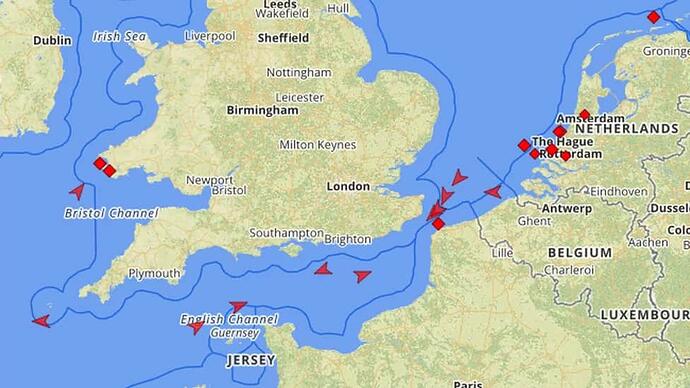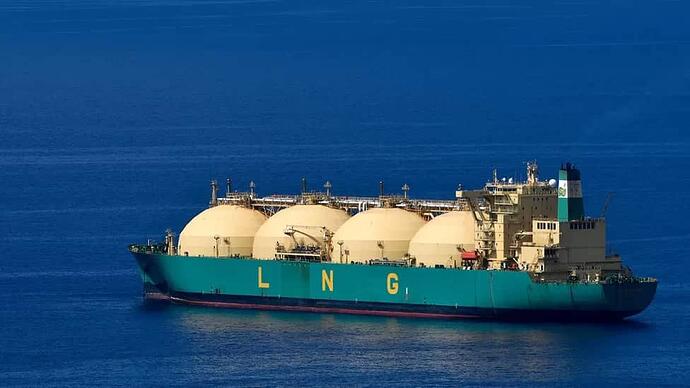268 LNG ships are on the water worldwide - noticeably above the one-year average of 241. Of those currently at sea, 51 are in the vicinity of Europe.So why are ships loaded with LNG just hanging around Europe, exactly? The answer, as you might have guessed, is a little complicated.
European nations plunged into a gas-buying spree over the summer that aimed to fill onshore storage tanks with gas. This was to ensure that heaps of fuel would be available to cover energy needs this winter.
The original target was to fill storage facilities to 80% of their total capacity by 1 November. That target has been met, and exceeded, far ahead of schedule. The latest data suggests storage is now at nearly 95% in total.
Imported LNG has played a key role in getting Europe to this point.
But as LNG continues to be brought ashore, demand for facilities that heat the liquid and turn it back into gas remains high. There aren’t very many such plants in Europe, partly because the continent has long relied on gas delivered via pipelines from Russia instead.
So that’s one reason why LNG ships are waiting around - some are queuing for access to regasification terminals.
On top of this bottleneck, less gas is getting used up in Europe than it otherwise might at present because the weather has been very mild well into October. Plus industrial activities that rely on gas have relaxed. There’s been a very dramatic reduction in cement and steel production in Europe.
It all means that a market situation called contango has emerged for LNG, says Mr Carson. That is, when the future price of a commodity is higher than today’s price. Waiting to deliver in December rather than November, the difference in profit could be in the order of tens of millions of dollars per shipment.
Some observers say having the ships wait around is partly a good thing - you want the gas to be available when you need it.
With gas secured for the coming weeks at least, the price of the commodity in Europe has begun to fall. But further disruptions to supply and very cold winter months could potentially change the picture yet again. There’s also the global situation to consider. Heightened demand for LNG imports in Europe has boosted competition for gas around the world.
What happens in the future depends, in varying degrees, on the war in Ukraine, the weather, the rise of renewables, global demand for gas - and hundreds of ships full of LNG sailing either east or west.
“Market forces” rule … as ever … ![]()



